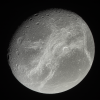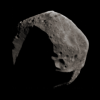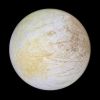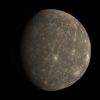Emily Lakdawalla • Dec 04, 2009
Planetary Society Advent Calendar for December 4: Mercury
Mercury is the smallest of the eight planets and, like Uranus and Neptune, has so far been studied only during flyby encounters. That will change in March of 2011, when MESSENGER will finally complete its more than six-year journey and enter orbit at Mercury. But while still en route, MESSENGER has managed to take photos covering 95% of the planet's surface, including most of the 55% of the planet that had never previously been seen by a spacecraft. Mariner 10 also flew by Mercury three times, but always at the same position in Mercury's orbit; and since Mercury rotates very slowly and is locked in a spin-orbit resonance with the Sun, that meant that the same part of Mercury was in nighttime darkness for all three flybys.
The image below was MESSENGER's departing view from its second flyby, in October of 2008. It includes mostly territory that had never been previously seen by a spacecraft. Although the territory was new, it mostly contained the same sorts of features that had been visible on the opposite side of the planet. But superimposed on that basically familiar landscape was a spectacular set of bright white rays splashing outward from a relatively small impact crater near the north pole. The rays extend so far across Mercury's surface that you can actually see them begin to converge on the opposite side of the planet from where the original impact occurred. It makes Mercury look like a watermelon.
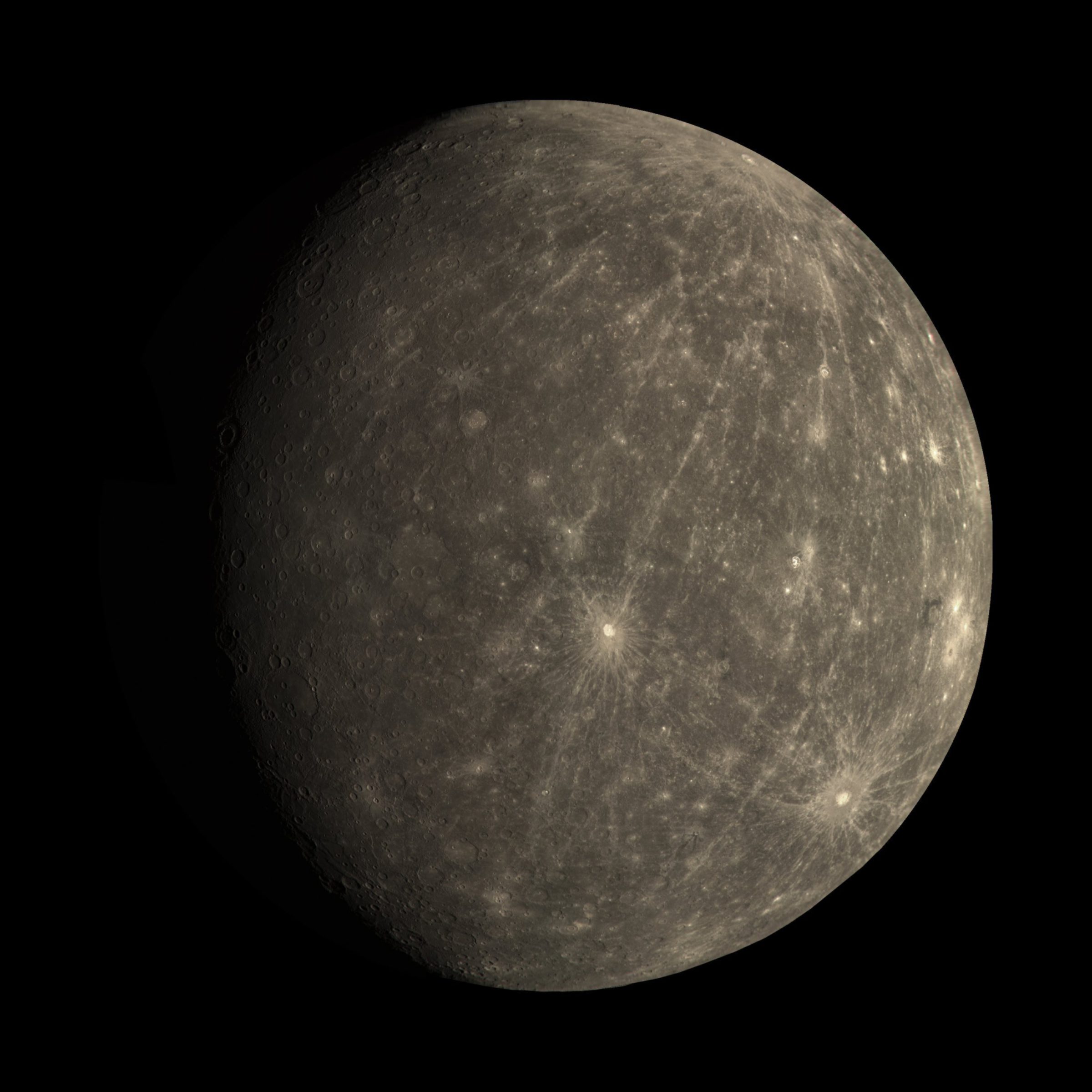
Just imagine the asteroid zooming in to Mercury and slamming into the north pole, and the curtain of ejecta flying out in all directions -- but Mercury's strong gravity tugs inexorably on the ejecta, pulling it back to ground. An unsuspecting alien standing at the point on Mercury antipodal to that impact would suddenly find himself in the middle of a shower of rocks flying at him from every direction on the compass, creating an anti-impact, an implosion of sorts on the opposite side of the planet. Weird, and cool.
This version of the mosaic was crafted by Jason Perry, who actually processes space images for his real job as a member of the Cassini imaging team (he's the one responsible for assembling many of their fine large mosaics of Saturn's moons). But he also has a blog where he posts lots of other goodies created in his free time from publicly archived data; here's the blog entry where he posted the MESSENGER mosaic. (I thought his version was a bit yellow, so I reduced the saturation a tad in the version I posted here.)
Each day in December I'm posting a new global shot of a solar system body, processed by an amateur. Go to the blog homepage to open the most recent door in the planetary advent calendar!


 Explore Worlds
Explore Worlds Find Life
Find Life Defend Earth
Defend Earth


